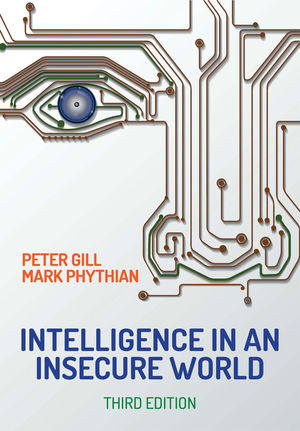Come See the Commercial Side of ADT


|
| Bill Stuntz and Jim Lantrip presented “Pervasive Video’s Impact in Government and Corporate Enterprise Networks” through TelePresence. |
To many people, the name ADT is synonymous with residential security — much like Coke and soda (or pop if you’re from the Midwest). The company, however, has a $2 billion a year commercial security unit, which is proactively building cutting-edge solutions for business and government customers. At the ADT Media Summit, held May 9-10 in Chicago, ADT presented some of the initiatives it has taken in the commercial space, including its new Integrated Solutions Center, a closer-than-ever partnership with Cisco, implementation of a first-of-its-kind municipal wireless network in a Texas port city, and what ADT and Brivo are doing in the physical and logical security convergence space, among others.
On Tuesday, ADT offered a tour via TelePresence of its new Integrated Solutions Center in Aurora, Colo. The $1.5 million center is designed as a space where commercial customers can see networked solutions in action and discuss them with subject-matter experts. Since opening, the ISC has hosted 15 highly-tailored briefings. For more on ADT’s ISC, read the news article.
The virtual conferencing continued as Bill Stuntz, vice president of Cisco’s Physical Security Business Unit and Jim Lantrip, director of integration strategy at ADT Security Services, offered a presentation on how the two companies have strengthened their partnership in the past nine months as a result of tendencies in physical security that are bringing it ever-closer to the IT world. New services and opportunities are enabled by the network and taking full advantage of those opportunities will require a deeper focus on industry standards that drive interoperability of IP-enabled devices across all segments of the industry. Fully developed standards would enable increased feature sets, would reduce time to market and future proof investments.
Stuntz stressed that innovation requires one to look to growing markets, instead of only focusing on what the market wants today. According to Stuntz, economic power is shifting to developing nations and that is where this partnership will take ADT and Cisco. As cities compete to attract business by improving living environments to attract workforce and build their economies, they will look to spend in creating smart and connected communities that will generate opportunity for providers of networked solutions.
An interesting subject broached was the communication gap between traditional security companies and IT companies and how successful relationships require the systems integrator in a mediator role. The security landscape is changing at a dizzying pace and moving into the future requires a strong emphasis on education today.
ADT also had as guests city officials from Freeport, Texas — a port city which plans to implement a citywide wireless video surveillance system. Jeff Pynes, city manager, and Tyrone Morrow, police chief, discussed the planning process for a security plan which will be, “the first time a port city engages business enterprises to share information and collaborate on a common security plan,” Morrow said. Freeport received a $6.2 million federal grant to complete the project, but maintenance and recurring costs will have to be covered by stakeholders, which include 29 petrochemical companies. A key issue in securing a port city, aside from funding, was multi-jurisdictional coordination, which required a collaborative effort from city officials and security providers ADT and Motorola.
In March, ADT Security Services and Brivo Systems made an announcement about the implementation of a web-based access control solution for five federal facilities managed by the General Services Administration (GSA) in Detroit and the Chicago area. At yesterday’s ADT Media Summit, John Gaydos, vice president, ADT Government, expanded on that project and Steve Van Till, president and chief executive officer, Brivo Systems, spoke about the federal government’s mandate to satisfy HSPD 12 requirements by Oct. 1, 2011, and how cloud computing plays a role. “We’re up to seven federal buildings,” Gaydos described of the project, which uses Brivo’s ACS OnSite Aparato, a GSA FIPS 201-approved solution. The solution is structured so that it can be readily upgraded to a full Software as a Service (SaaS) configuration when required. “GSA just announced a $2.5 billion cloud computing RFP,” Van Till said. “Most is not related to our realm of security, but the size of the RFP is stunning. It’s a momentous day to be talking about this,” he said, adding that as far as the federal government is concerned, “It’s the golden age of cloud computing.” Brivo and ADT have been working together since 2003, “so ADT got cloud computing before the bandwagon even left the station,” Van Till said. He cited some specific RFPs among various GSA regions and agencies, which are calling for SaaS-based physical access control systems — with even more projects in the pipelines.
Looking for a reprint of this article?
From high-res PDFs to custom plaques, order your copy today!






